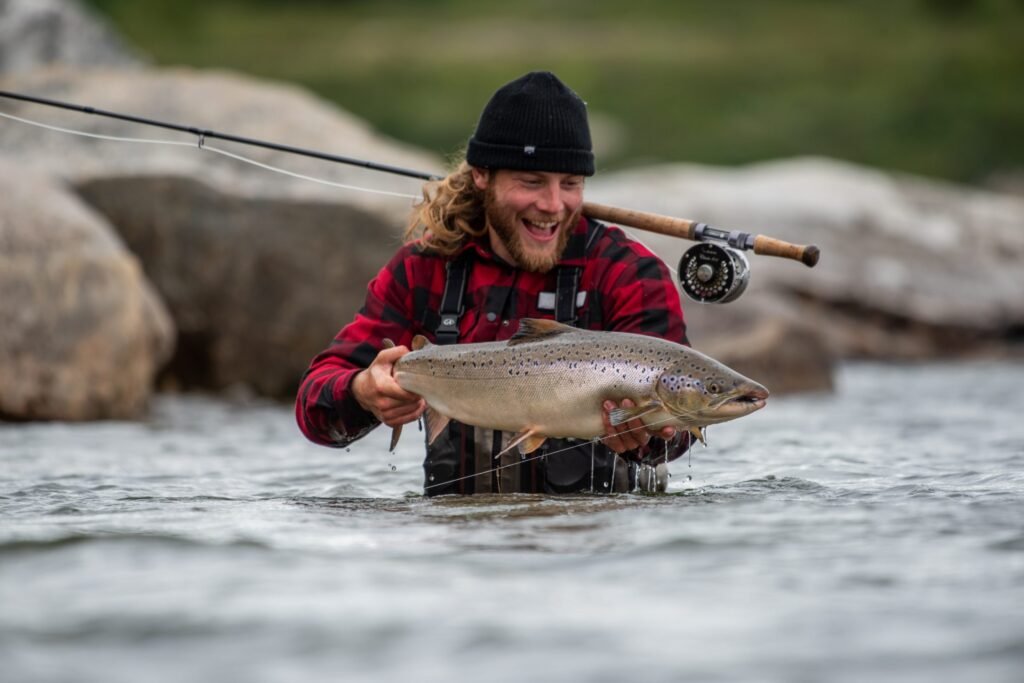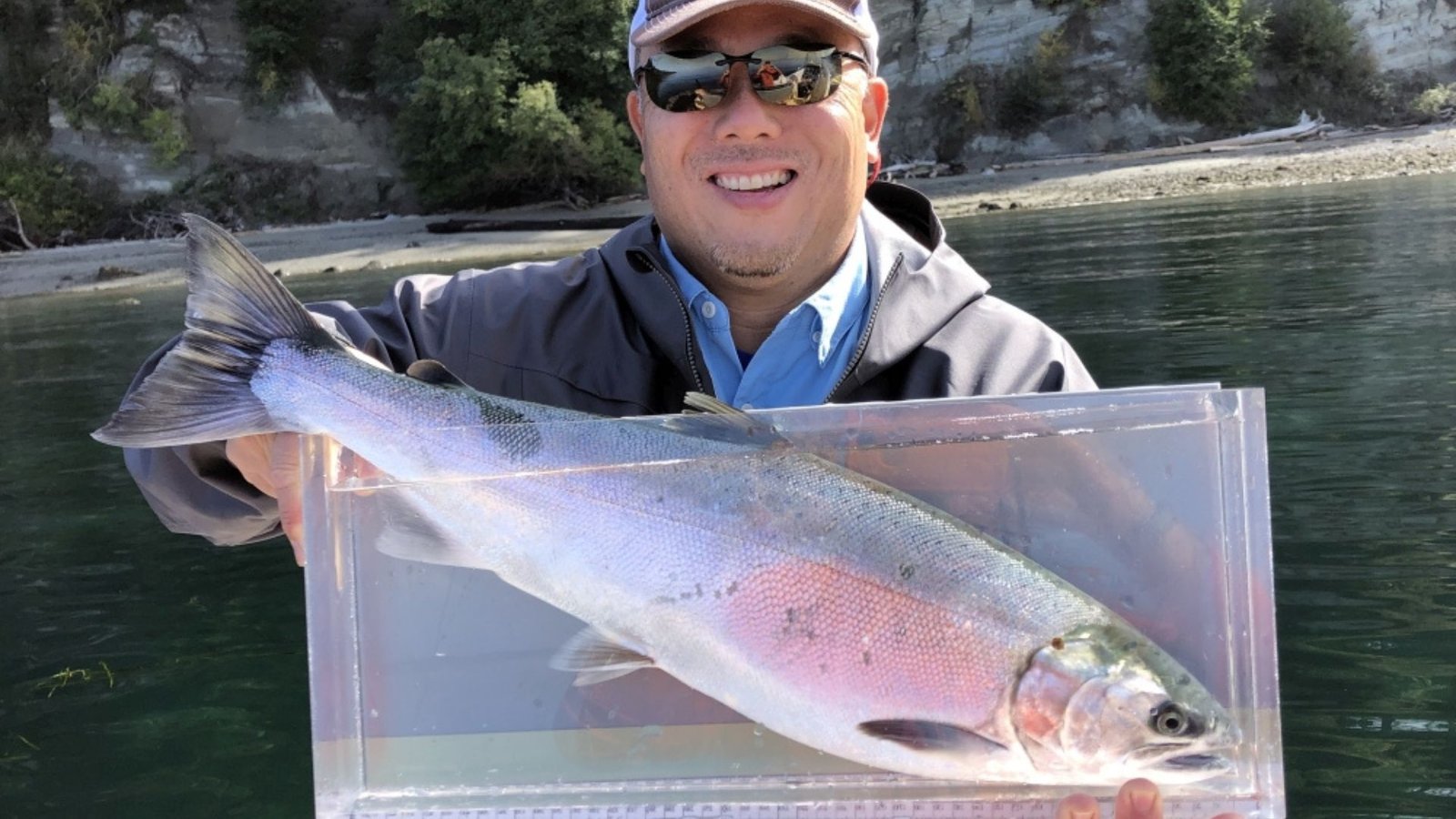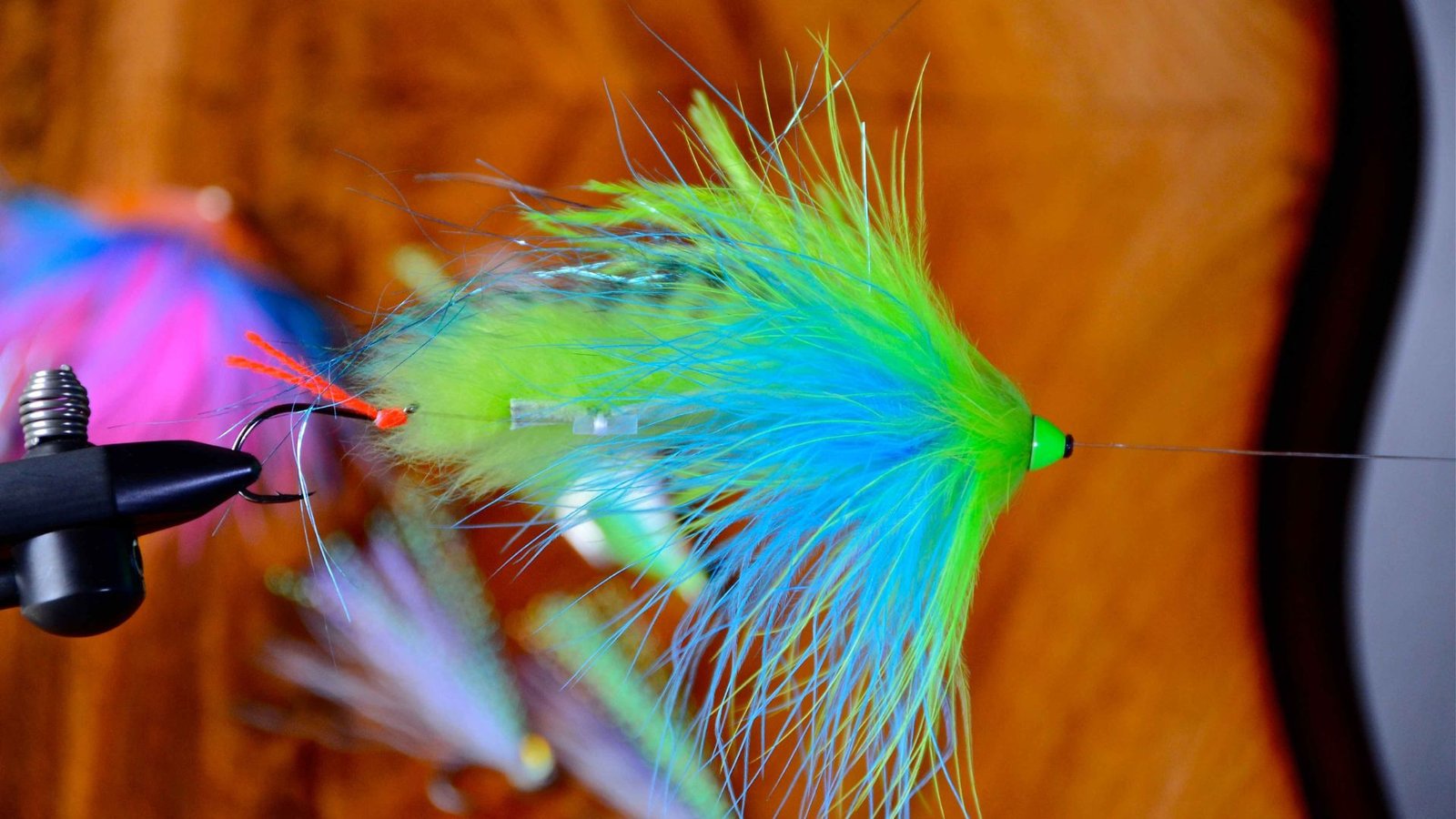Salmon fly fishing is a captivating and distinctive experience, offering anglers a blend of skill, patience, and excitement. This article delves into the unique aspects of salmon fly fishing, highlighting what sets it apart from other forms of fishing. So, whether you’re a seasoned angler or a curious beginner, let’s explore how salmon fly fishing differs and what makes it so special.
The Thrill of the Chase
One of the primary ways salmon fly fishing differs from other types of fishing is the pursuit of a highly prized game fish. Salmon are known for their strength and agility, making them a formidable opponent for any angler. Unlike fishing for smaller, less aggressive species, salmon fly fishing requires a combination of precise casting, strategic positioning, and a deep understanding of the fish’s behaviour. The thrill of hooking a powerful salmon and feeling it fight against the line is an unparalleled experience that keeps anglers coming back for more.

How Salmon Fly Fishing Differs
Specialized Gear and Techniques
Another aspect that sets salmon fly fishing apart is the specialized gear and techniques involved. Traditional fishing rods and reels won’t suffice when targeting these robust fish. Instead, anglers use fly rods and reels designed to handle the strength and size of salmon. Additionally, the flies used in salmon fly fishing are often larger and more elaborate than those used for other species. These flies mimic the natural prey of salmon and are crafted to entice these fish into striking.
Moreover, the casting techniques used in salmon fly fishing are unique. Anglers often employ the Spey cast, a two-handed casting method that allows for longer casts and better control in challenging conditions. This technique is especially useful when fishing in large rivers, where salmon are commonly found. Mastering the Spey cast requires practice and precision, adding an extra layer of skill to the sport.
Seasonal Variations and Migration Patterns
Salmon fly fishing also differs due to the seasonal nature of the sport. Salmon are anadromous fish, meaning they migrate from the ocean to freshwater rivers to spawn. This migration creates specific windows of opportunity for anglers to catch them. Each species of salmon has its migration pattern and preferred spawning grounds, which means that timing and location are crucial for a successful fishing trip.
For instance, the Chinook salmon, also known as the king salmon, typically migrates in the spring and fall. In contrast, the sockeye salmon is more commonly found in the summer months. Understanding these patterns and planning your fishing trips accordingly is essential for a fruitful salmon fly fishing experience.
Conservation and Sustainability
An important factor in how salmon fly fishing differs is the emphasis on conservation and sustainability. Salmon populations have faced significant challenges due to overfishing, habitat loss, and environmental changes. As a result, many anglers and organizations are dedicated to preserving and restoring salmon habitats and populations.
Catch and release practices are common in salmon fly fishing, allowing anglers to enjoy the sport while minimizing the impact on fish populations. Additionally, many fishing regulations and guidelines are in place to protect salmon during their critical spawning periods. By following these practices, anglers can contribute to the sustainability of salmon populations and ensure that future generations can enjoy the thrill of salmon fly fishing.
The Scenic and Challenging Locations
Finally, the locations where salmon fly fishing takes place add to the unique allure of the sport. Salmon are typically found in cold, clear rivers and streams that flow through some of the most breathtaking landscapes. From the rugged coastlines of Alaska to the pristine rivers of Scotland, salmon fly fishing destinations are often as captivating as the fish themselves.
These remote and scenic locations present their own set of challenges. Anglers must navigate rough terrain, unpredictable weather, and strong currents to reach the prime fishing spots. However, the reward of casting your line in such stunning surroundings and hooking a magnificent salmon makes every effort worthwhile.
Conclusion
In conclusion, salmon fly fishing differs in several compelling ways, from the specialized gear and techniques to the seasonal nature of the sport and the focus on conservation. The thrill of pursuing a powerful salmon in some of the world’s most scenic locations creates a unique and unforgettable experience for anglers. Whether you’re drawn to the challenge, the beauty, or the sustainability aspects, salmon fly fishing offers something truly special for every fishing enthusiast. So grab your gear, head to the river, and discover the magic of salmon fly fishing for yourself.




